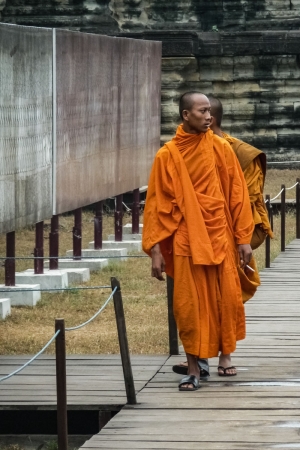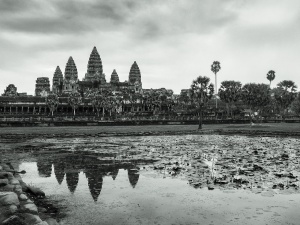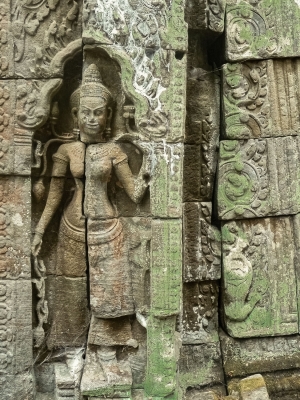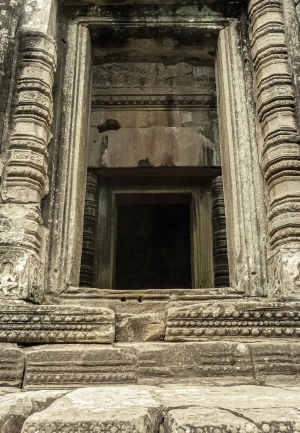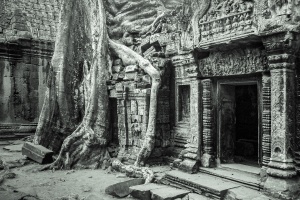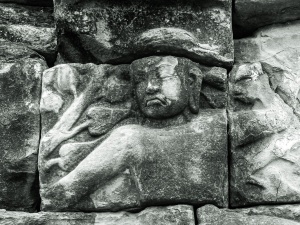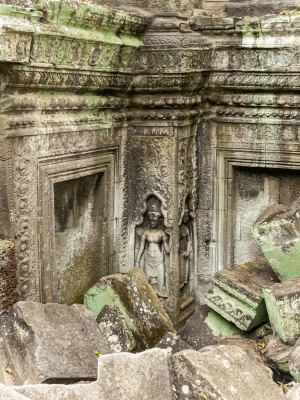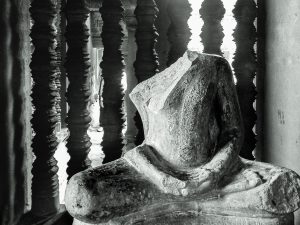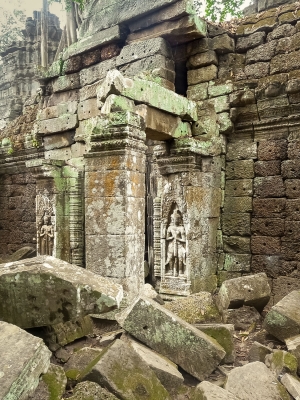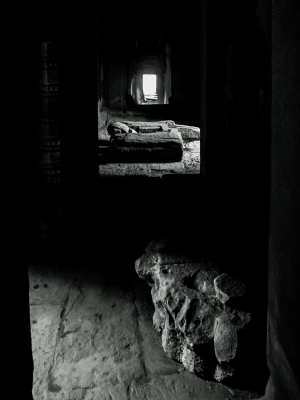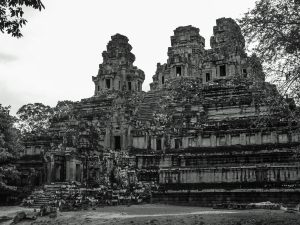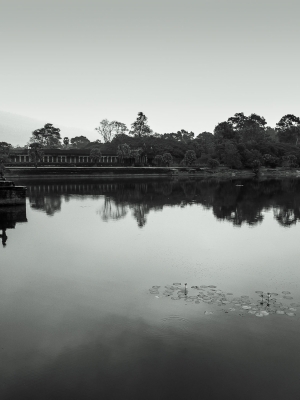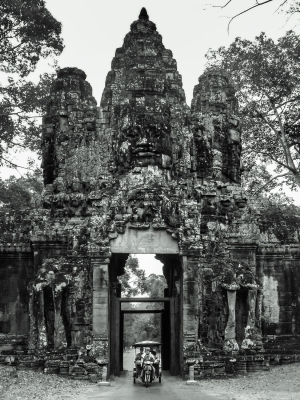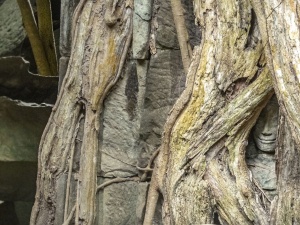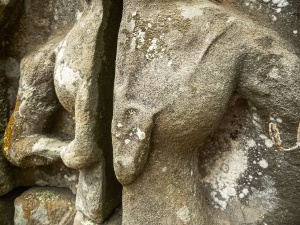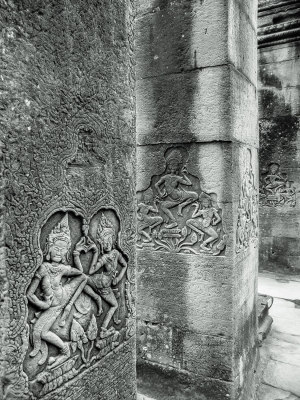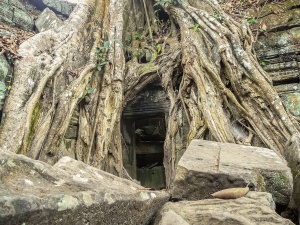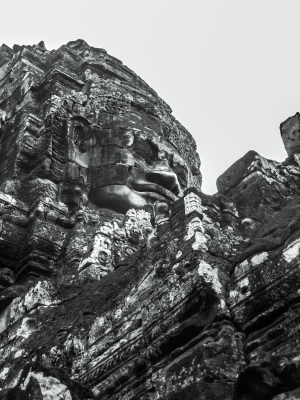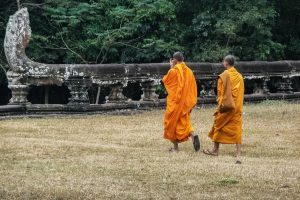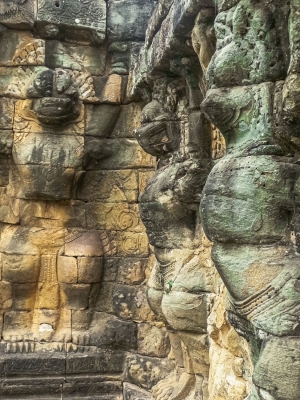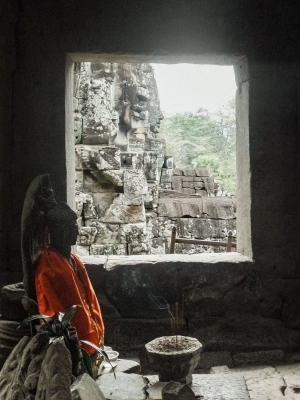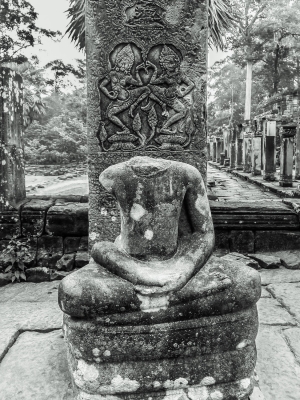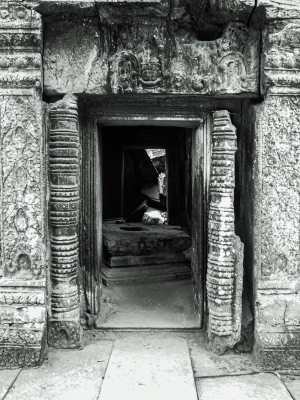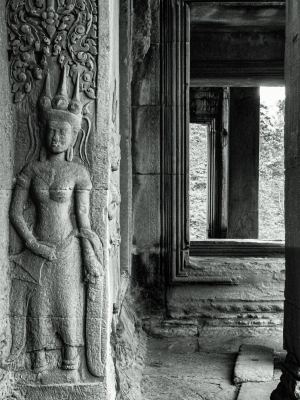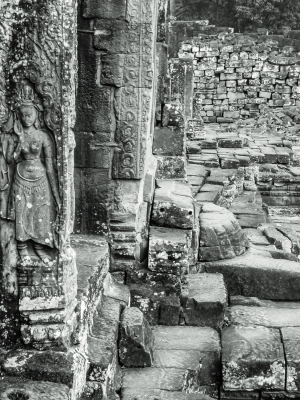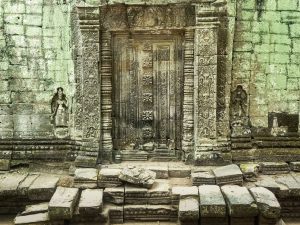Angkor Wat
Roughly 300 kilometres north-west of Cambodia's capital Phnom Penh lies the largest religious monument on Earth. Built between 802 and 1220 AD by the Khmer civilisation, Angkor Wat represents one of humankind's most astonishing architectural achievements.
'Angkor Wat' loosely translates to ‘City of Temples’ from the Khmer language. ‘Angkor’ meaning ‘City’ or more accurately ‘Capital City’ and ‘Wat’ is the Khmer word for ‘Temple grounds’.
The hallowed remains we see today are merely a shadow of a vast political, religious and social centre of the ancient Khmer kingdom. Angkor would serve as the seat of this Empire, boasting a population of one million people, the largest preindustrial city in the world.
Between the 9th and 15th centuries, the Khmers were the most powerful and architecturally prodigious culture in south-east Asia. In its prime, the kingdom would command a territory incorporating Vietnam, Laos and modern-day Thailand.
The Angkor complex was incipiently created as a Hindu temple but would be 're-appropriated' by Buddhist monks and transformed into a Theravada Buddhist monument. This conversion would have taken place after 1432 (most likely sometime in the sixteenth century). During which time the Khmers were forced to abandon the site due to an invasion by the Thai kingdom of Ayuthaya.
The Khmers would eventually regroup to form a new capital city in Phnom Penh.
Photographing Angkor Wat
There's more than one temple here. Spread over 400 acres this is a complex of hundreds of ruins. However, most visitors will lay eyes on only three at the most; Angkor Wat, the Bayon and Ta Prohm. Avoid the crowds by exploring some of the lesser-known temple sites such as Neak Pean, Baphuon, Banteay Kdei or Prae Roup.
'Over-tourism' is a very apt term here. It's a popular place and a booming town is ever-expanding to service the hordes that flock to the area. That said, surprisingly so, Siem Reap still manages to exude a certain amount of character and charm.
Being enveloped by mass tourism it's easy to be unaware of your surroundings. Although the huge trees reclaiming some of the temples may reveal a clue. Situated between the Tonle Sap lake and the Phnom Kulen Mountains, Angkor Wat is as rural as it gets.
Once you've had your fill of temples, take time to explore the surrounding countryside. Accommodation is available on the Tonle Sap and in the Phnom Kulen National Park.
Completely Useless Facts about Angkor Wat
- The Cambodians are so proud of the monument that since 1850 it's been depicted on their flag
- Ta Prohm is renowned for the large vines that strangle the ruins. The temple was used as the set for the 2001 film Tomb Raider
- Five million tonnes of sandstone were needed to build Angkor Wat
Have a wemooch elsewhere...
Inspired?
Fancy soaking up all that mystery and history among those temples? It can get a bit busy these days but you can still find quiet corners.
You'll need a few things to come together for it all to work out. There's some useful stuff to be clicked and pressed below.
